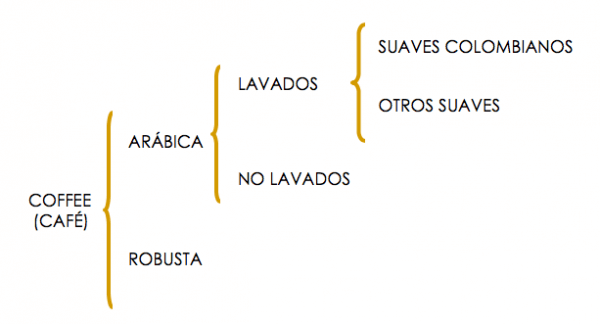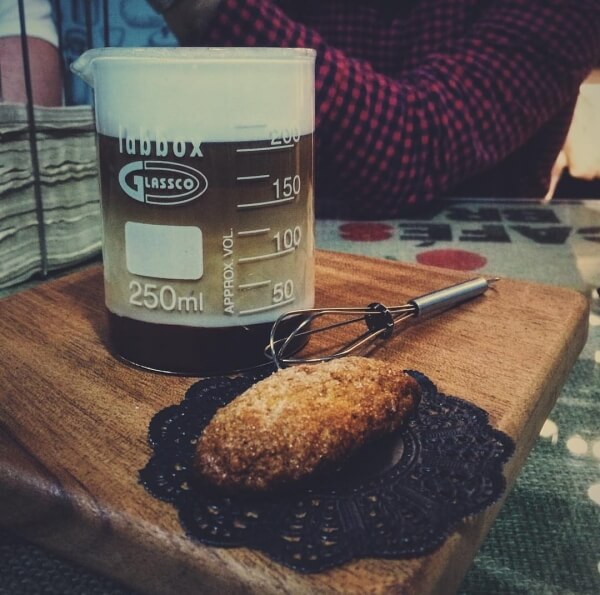World coffee ranking

100% Arabica specialty coffee from CafeLab.
In international trade, the ICO (International Coffee Organization) -organism that brings together the main producing countries, -which have changed a lot with respect to those of the origin of coffee– has established the following world ranking:
world coffee organization

World coffee classification.
The coffee plant, “cafeto”, belongs to the family Rubiaceae, and to the genus “coffea”. This includes about seventy species, of which currently two are the most important in commercial coffee production.
The coffee fruit is called a berry or cherry, because it has the same shape, size and color as this one. Under the shiny reddish skin is the pulp, a sweet yellowish substance that surrounds the coffee beans, which are the seeds. Normally there are two grains per berry facing each other on their flat side. Each bean is encased in a cream-colored, bean-shaped protective sleeve called parchment, which keeps the bean separate from the pulp.
Arabica Coffee
Originally from Ethiopia, it is the oldest, most widespread and appreciated variety for its excellent quality. Its cultivation is more delicate and requires greater care, since it is more susceptible to diseases, pests and frost. It represents almost 70% of world production.
Its flowering occurs in the third year after planting. Under normal conditions, six years after the first flowering the plant is in full bloom. Five kilos of fruit, once processed, represent approximately one kilo of coffee. The best grains are harvested at altitudes above 1,500 meters, requiring temperatures between 15 and 25 degrees, abundant lighting, moderate winds and frequent rains.
The bushes of Arabica flowers after the rainy season, then it takes another nine months for the fruit to mature. Its fruits are slightly elliptical, soft, slightly sour, olive green in color, with a smooth rind and intense perfume.

Have you tried our specialty coffee?
Robusta Coffee

CafeLab World coffee breakfast.
Originally from Zaire, its economic interest is very great because it can be grown in low lands. Its cultivation is not as delicate as in the case of Arabica because it is a more precocious, resistant and productive plant, it withstands temperature variations better and needs less altitude for its development - around 500 meters. It represents 30% of total world production.
Its flowering occurs in the second year of planting and the first harvest, as in Arabica, occurs the following year, but it is not until the sixth year that a normal yield is obtained. Its fruits are rounded, bitter, strong, with a higher caffeine content, light brown in color, smooth rind and little aromatic, which is why it is rougher in the cup.
On the other hand, Lavados coffees owe their name, not the type of coffee, but rather the treatment to which its cherries are subjected:
The coffees Washed They are those whose cherries are treated by “Vía Húmeda”. Traditionally, most of the coffees treated by this system were of the Arabica variety.
The coffees Not Washed are those who are treated by “Dry Way”. Also traditionally, most of the coffees treated by this system were of the Robusta variety. Although currently, thanks to specialty coffees, coffee production has evolved a lot and we can now find Unwashed Arabicas and Washed Robustas.
They are known as Colombian Milds, Arabica and Washed coffees. These are mainly produced in Colombia, Kenya and Tanzania, since the climatic characteristics of these countries allow them to offer very homogeneous harvests.
Other Mild. These are also Washed Arabica coffees, although produced mainly in Central America. In countries such as Costa Rica, Guatemala and Mexico, among others.
